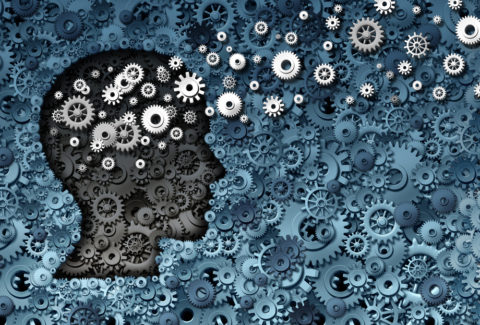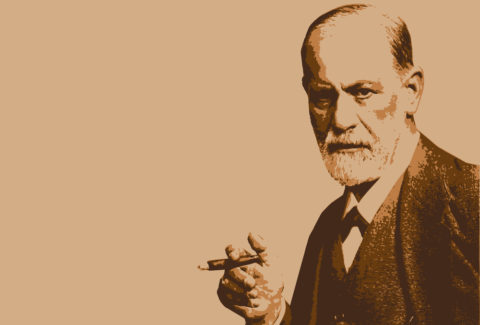The Foundations of Psychodynamic Therapy
Introduction:
In the realm of psychotherapy, psychodynamic therapy stands as a cornerstone approach, rooted in the rich tapestry of psychoanalytic theory. At its core, psychodynamic therapy seeks to unravel the complexities of the human psyche, delving beneath surface-level symptoms to uncover unconscious conflicts, relational patterns, and inner dynamics. In this article, we embark on a journey through the foundational principles of psychodynamic therapy, illuminating its transformative potential in promoting insight, healing, and personal growth.
Understanding the Unconscious:
Central to psychodynamic therapy is the recognition of the unconscious mind as a reservoir of thoughts, emotions, and memories beyond conscious awareness. Drawing from Freudian theory, psychodynamic therapists explore how unconscious processes shape individuals’ thoughts, feelings, and behaviors, influencing everything from interpersonal relationships to intrapsychic conflicts.[1] By bringing unconscious material into conscious awareness, individuals can gain insight into the underlying drivers of their psychological distress, paving the way for meaningful change.
Exploring Early Experiences:
Psychodynamic therapy acknowledges the formative influence of early childhood experiences on personality development and relational patterns.[2] Through techniques such as free association and exploration of childhood memories, individuals revisit key moments from their past, uncovering how early attachments, traumas, and relational dynamics continue to shape their present-day experiences. By understanding the roots of their emotional struggles, individuals can untangle ingrained patterns and forge healthier ways of relating to themselves and others.[3]
Examining Defense Mechanisms:
Defense mechanisms serve as psychological shields that individuals employ to protect themselves from anxiety-provoking thoughts and emotions. In psychodynamic therapy, clinicians help individuals identify and explore their defense mechanisms, such as repression, denial, and projection, which may obscure underlying conflicts and vulnerabilities. By shining a light on these unconscious strategies, individuals can develop greater awareness of their coping mechanisms and work towards more adaptive ways of managing stress and emotional discomfort.[4]
Navigating the Therapeutic Relationship:
Central to psychodynamic therapy is the therapeutic relationship, characterized by empathy, trust, and collaboration.[5] Within this safe and supportive environment, individuals explore their inner worlds, share vulnerable experiences, and confront deep-seated fears and insecurities. Through the process of transference and countertransference, wherein unconscious feelings and dynamics from past relationships are unconsciously projected onto the therapist and vice versa, individuals gain insight into their relational patterns and interpersonal dynamics, fostering greater self-awareness and emotional growth.
Facilitating Insight and Integration:
Psychodynamic therapy aims to promote insight, self-awareness, and emotional integration, enabling individuals to make meaning of their experiences and develop a more cohesive sense of self.[6] By uncovering unconscious conflicts, exploring relational dynamics, and processing unresolved emotions, individuals embark on a journey of self-discovery and personal transformation. Through the therapeutic process, individuals cultivate resilience, authenticity, and a deeper understanding of themselves, paving the way for profound healing and growth.
Conclusion:
In the tapestry of psychotherapy approaches, psychodynamic therapy stands as a timeless beacon of insight, compassion, and healing. By honoring the complexities of the human psyche and embracing the foundational principles of unconscious exploration, early experience, defense mechanisms, and the therapeutic relationship, psychodynamic therapy offers individuals a pathway to profound self-discovery and transformation. With each session, individuals embark on a journey of exploration and growth, unraveling the depths of their inner worlds and forging a path towards greater resilience, authenticity, and emotional well-being.
Are you interested in delving deeper into Psychodynamic Psychotherapy? If so, discover whether our upcoming 6-week Psychodynamic Psychotherapy Certificate Course, commencing on May 7, 2024, is the right fit for you. Click here to learn more.
[1] Spielman, Rose M., et al. “Freud and the Psychodynamic Perspective.” Introduction to Psychology (A critical approach) (2021).
[2] McLeod, Saul. “Psychodynamic approach in psychology.” Simply Psychology. London (2023).
[3] Gabbard, Glen O., and Holly Crisp. “Techniques of psychodynamic psychotherapy.” Gabbard’s Textbook of Psychotherapeutic Treatments (2022): 41.
[4] Khademi, Mojgan, Mahmoud Hajiahmadi, and Mahbobeh Faramarzi. “The role of long-term psychodynamic psychotherapy in improving attachment patterns, defense styles, and alexithymia in patients with depressive/anxiety disorders.” Trends in psychiatry and psychotherapy 41 (2019): 43-50.
[5] Halfon, Sibel. “Psychodynamic technique and therapeutic alliance in prediction of outcome in psychodynamic child psychotherapy.” Journal of Consulting and Clinical Psychology 89.2 (2021): 96.
[6] Høglend, Per, and Knut Hagtvet. “Change mechanisms in psychotherapy: Both improved insight and improved affective awareness are necessary.” Journal of Consulting and Clinical Psychology 87.4 (2019): 332.









